Rotator Cuff Related Shoulder Pain
Rotator cuff related shoulder pain (RCRSP) assessment and management, a recently published article by Jeremy Lewis, a leading shoulder pain researcher.
RSRSP is related to shoulder pain and dysfunction typically during shoulder elevation and outward rotation. Shoulder pain is common and associated with high levels of morbidity. While there is a range of influences that can create RSRSP, the major influence appears to be excessive and maladaptive load exerted on the shoulder soft-tissues, particularly tendon. Similar to other musculoskeletal conditions, such as low back pain, a definite structural diagnosis for RSRSP may be elusive. There is ongoing debate as to the cause of RSRSP with;
1) The mechanisms of pain uncertain
2) Poor correlation between symptoms and structural failure often observed in rotator cuff tendons, substantial numbers of people without shoulder pain demonstrate structural rotator cuff changes on imaging.
3) The role of tendon inflammation is controversial and there has been a lack of inflammatory cells found in pathological tendons.
4) Acromial shape was reported in a study of 523 people who had shoulder surgery and there was no association with rotator cuff pathology (Gill, 2002). The researchers argued that a type III (hooked) acromion represented a degenerative process and that the relationship between cuff tears and degeneration should be seen as one of association rather than the acromion being the cause.
5) Special orthopaedic tests for the shoulder often provoke pain, however associating the test to a structure is difficult and therefore results must be interpreted with caution.
Consequently the term RSRSP or subacromial pain may be an appropriate term to use clinically. The clinical diagnosis is established following questioning and examining a patient and this may be supported by imaging investigation.

Treatment
The primary management for RCRSP should primarily be a structured exercise program and activity (load) modification. Usually, a period of relative rest is required, often using static exercises to assist pain management. Following this is a period of gradually increasing load via exercises and activity. As in all clinical presentations, it is important to understand the individual needs of the patient and provide information to assist understanding on the cause of the symptoms, expectations for recovery and appropriate management strategies. Threatening language such as ‘wear and tear to the tendon’ is often not helpful as even with structural changes the shoulder remains a robust structure.
A number of studies do not show added benefit of surgery over non-surgical care. The literature proposes that ‘surgery should only be offered after an appropriate period (3-6months) of non-surgical care’. Surgery involves an extended period of reduced activity with a graduated return to activity that can take many months. A recent study (Heuberer 2017) using MRI at 2 years after rotator cuff tendon repair surgery reported 42% of patients showed a full-thickness re-rupture, 25% had a partial re-rupture and 33% of tendons remained intact. At 10 years the percentages respectively were 50%, 25% and 25%. Interestingly long term (10 year) clinical outcomes were reasonable with poor correlation to the structure of the repaired tendon. It was proposed as a mechanism for improvement following surgery may be the enforced rest and rehabilitation.
While some of this information may be contentious, it is clear that conservative management has a significant role to play in the treatment of shoulder pain. The references below are highly recommended for further information. This document has a strong recommendation for exercise and activity modification in the management of rotator cuff syndrome.
At Central Bassendean Physiotherapy our physiotherapists have a comprehensive understanding of the role of exercise in shoulder and tendon rehabilitation. For optimal outcomes, we spend time with our patients providing individualized care. Call today to book an appointment 9279 7411 or Book Online
Reference
Lewis, J. Rotator cuff related shoulder pain: Assessment, management and uncertainties. Manual Therapy. 2016.
Gill et al. The relative importance of acromial morphology and age with respect to rotator cuff pathology. J Shoulder Elbow Surg, 2002.
Heuberer et al. Longitudinal long-term MRI and clinical follow-up after single-row arthroscopic rotator cuff repair. AJSM, 2017
Further information
Leading shoulder researcher Jeremy Lewis discussing shoulder pain
https://soundcloud.com/bmjpodcasts/prof-jeremy-lewis-rotator-cuff?in=bmjpodcasts/sets/bjsm-1
Comparison of management of shoulder pain in comparison with best evidence. The clinical vignettes in appendix are a very useful learning tool. http://journals.plos.org/plosone/article?id=10.1371/journal.pone.0061243
Author

Rob Waller
Senior Physiotherapist
Owner
Curtin University WA 2002
Cumberland College of Health Sciences NSW 1988
Rob Waller is a Musculoskeletal Physiotherapist, with over 25 years experience. He is passionate about restoring function following injury and for people with complex musculoskeletal presentations, particularly spinal and shoulder pain. He is also a lecturer at Curtin University teaching on the Postgraduate Clinical Masters program and is currently completing a PhD investigating pain characteristics in young adults using data from the Raine Study Birth Cohort. (http://www.rainestudy.org.au). Other research interests include spinal pain and translation of evidence to practice.

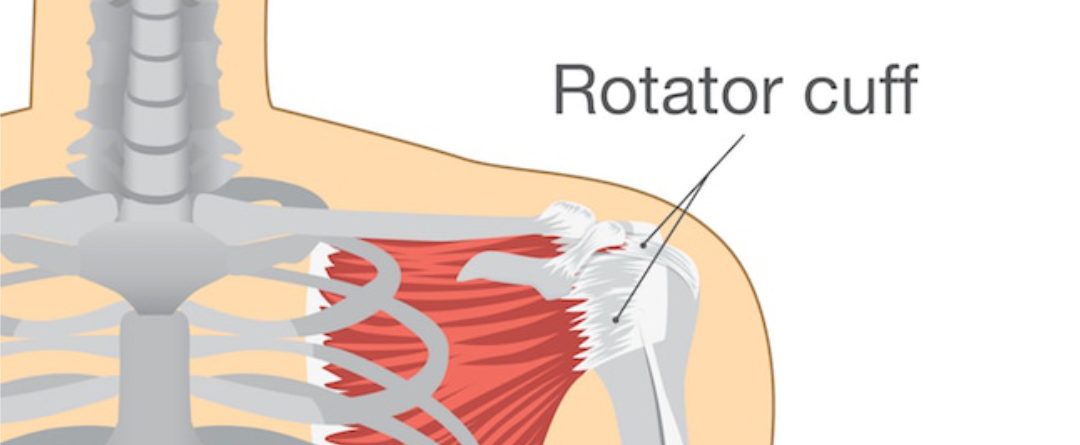
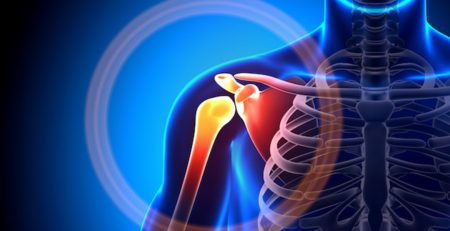
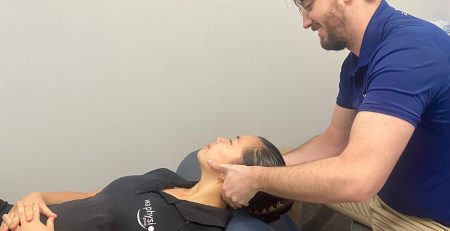


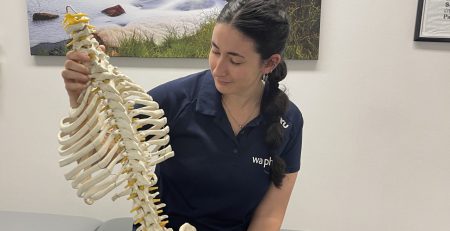


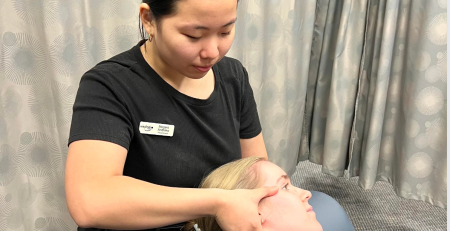

Leave a Reply